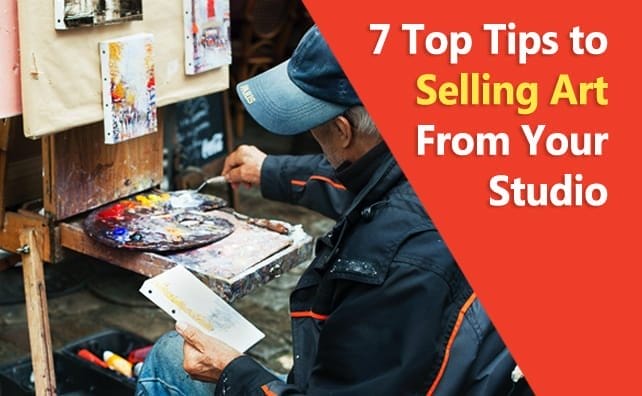Seeking exhibition and representation in established galleries has its benefits. But for many artists getting representation is difficult and not always desirable. This depends a great deal on the artist’s personality and what they want from any gallery relationship.
Aside from the exposure of shows and sales efforts made by a gallery representing any artist – galleries also have connections with museums, corporate collectors and other buying groups or individuals. Additionally, gallery affiliation can establish your secondary market identity and consequently stabilize your pricing and public identity.
Galleries ordinarily take a commission, usually a percent of the sale price in the neighborhood of 50%. Another feature of a gallery relationship to be reckoned with is determining how your current customer collectors will be able to buy. Will all sales have to go through the gallery or will there be some other arrangement?
As a gallery artist there is some loss of autonomy as well.
Any relationship demands some compromise, so you should try to know what these compromises will be early on in the communication with your prospective gallery. The tone and rules of the relationship need to be well understood by both the artist and the gallery.
Galleries want to feel confident that they are entering into a relatively stable partnership so they will have time to promote and manage the artist’s work. Neither the artist nor the gallery benefits from an unstable or short term relationship, so there is a need for some time and attention to check out the expectations of both parties in the early stages of the relationship.
Some galleries may want to know that the artist’s prices and collectors bring something to their gallery as well. Other galleries like the idea of discovering an artist as a relative unknown, and then essentially laying out a path, setting prices, and showing the artist’s work to their own clients.
There is a spectrum of galleries with different pricing and various levels of clientele. Finding the one that particularly suits a given artist takes time. But a good fit of artist and gallery can be very beneficial to both parties. Gallery representation would ideally enhance the artist’s identity, pricing and sales.





